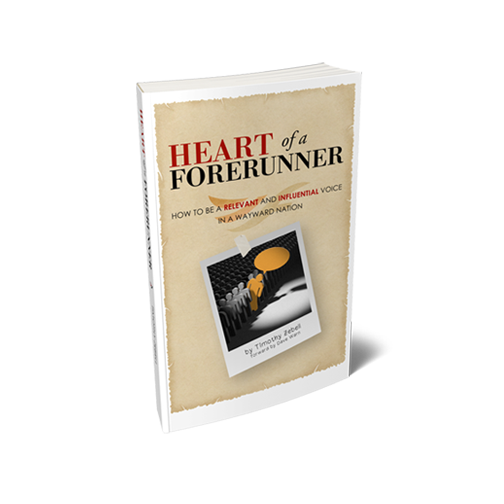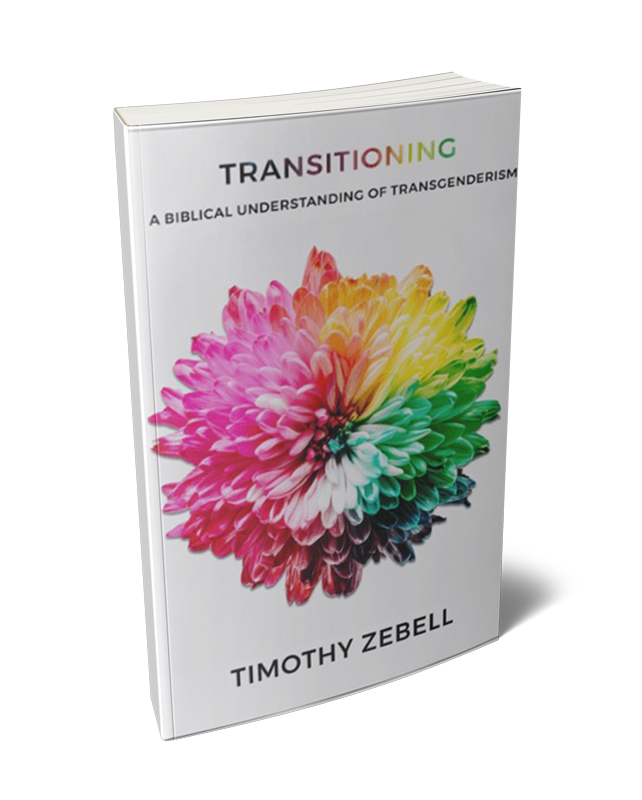Halloween and vampires have developed a symbiotic relationship within our American culture. It is difficult to picture the one without evoking the other. Far fewer people associate the vampire with the gospel. Nevertheless, the vampire can serve as an ideal metaphor for God’s truth, offering Christians a culturally relevant narrative device for sharing the gospel at Halloween.
Gothic horror, from which was birthed our modern depictions of monsters, is rooted in mankind’s fear and comprehension of its own dark inclinations. Certainly, the king of gothic horror is the vampire. As such, vampires portray the thirst and restlessness of our repressed dark side. They challenge us to confront our natural predisposition for evil and our pursuit of personal gratification over all else.
Integral to every vampire story is blood. Utilizing blood as a source of empowerment is a practice that dates back millennia. Ancient religions and their practices of witchcraft emphasized blood, frequently employing it in their ceremonies and rituals. It was believed that anyone who drunk the blood of an animal, or a human, could become endowed with the victim’s energy and strength.
This is why God commanded His people to separate themselves from such practices: “‘Do not eat meat that has not been drained of its blood. Do not practice fortune-telling or witchcraft’” (Lev. 19:26, NLT). God’s command against eating blood was directly associated with witchcraft, and the ensuing context is focused upon ancient customs associated with witchcraft and pagan religious worship (Lev. 19:27–31, NLT). It appears God did not issue this command because of dietary or health concerns; instead, God sought to prevent His people from seeking empowerment from a source other than Himself.
Moreover, they did not need increased power; they needed forgiveness, but God knew that forgiveness would come only at the expense of a life. This was symbolized using the life of animals until Jesus Christ eventually secured that forgiveness with His own life. Only Jesus’ blood can permanently pay the guilt debt of sin and provide fullness of life (John 10:9–11). According to the Bible, “God presented Jesus as the sacrifice for sin. People are made right with God when they believe that Jesus sacrificed his life, shedding his blood. … And since we have been made right in God’s sight by the blood of Christ, he will certainly save us from God’s condemnation … resulting in eternal life through Jesus Christ our Lord” (Rom. 3:25; 5:9, 21, NLT). Likewise, just before His death, Jesus told His disciples, “This is my blood, which confirms the covenant between God and his people. It is poured out as a sacrifice to forgive the sins of many” (Matt. 26:28, NLT).
Vampires profane blood, but to God blood is sacred:
If any native Israelite or foreigner living among you eats or drinks blood in any form, I will turn against that person and cut him off from the community of your people, for the life of the body is in its blood. I have given you the blood on the altar to purify you, making you right with the LORD. It is the blood, given in exchange for a life, that makes purification possible. That is why I have said to the people of Israel, “You must never eat or drink blood—neither you nor the foreigners living among you” (Lev. 17:10–12, NLT).
Empowerment and the pursuit of life are the primary reasons why vampires drink blood. According to legend, when a vampire ingests blood, it captures the victim’s life-force. This not only nourishes the vampire but also endows it with supernatural abilities, such as strength, health, and immortality. Thus, vampires embody the pagan traditions God forbid among His people. Vampire lore wrongly suggests that man can attain immortality and god-like empowerment apart from Jesus Christ. However, the Bible teaches that it is only through aligning oneself with Jesus and identifying with His blood sacrifice that a person can attain eternal life (John 3:16; 8:24; 14:6). Notably, this life also results in supernatural empowerment (John 14:16–17; Php. 4:13).
Vampires offer natural opportunities for Christians to have meaningful conversations highlighting the futility of seeking immortality, empowerment, or a satisfied life anywhere but Jesus. Vampires emphasize the wrong blood, as human blood cannot provide eternal life or a sense of fulfillment and purpose—something evidenced by the vampire’s continuous state of melancholy, insatiable hunger, and dissatisfaction as it hides in the shadows and periphery of society. In contrast Jesus offers His followers a “rich and satisfying life” (John 10:10). There simply are no substitutes. This life is only attainable through Jesus who serves as “the way, the truth, and the life” (John 14:6).
Nearly everything that defines the vampire is something from which we have been called to separate ourselves. In many ways, vampires are the embodiment of our sinful natures. Sexual immorality, impurity, sensuality, idolatry, sorcery, enmity, strife, jealousy, fits of anger, rivalries, dissentions, divisions, envy, and orgies are all qualities shared by both vampires and our sinful nature (Gal. 5:19–21). Vampires reflect our natural inclinations as humans, and their stories portray how destructive these inclinations can be if not controlled and ultimately redeemed.
Indeed, vampires are the epitome of rebellion against God’s instruction to abstain from drinking blood, engaging in sexual immorality, coveting, and all impurity. As such, the debauched and restless life of the vampire serves as an ideal contrast to the pure and satisfied life offered in Jesus Christ (John 10:10). This Halloween, let us embrace the vampire as an ideal metaphor illustrating our need for a savior. In so doing, we will secure for ourselves an effective tool for evangelizing our culture while also fundamentally transforming how people think at Halloween.
Free Downloads
Share...
NO WORKS CITED AVAILABLE
Unless otherwise noted, all Scripture quotations are taken from The Holy Bible, English Standard Version, copyright ©2001 by Crossway Bibles, a publishing ministry of Good News Publishers. Used by permission. All rights reserved.









